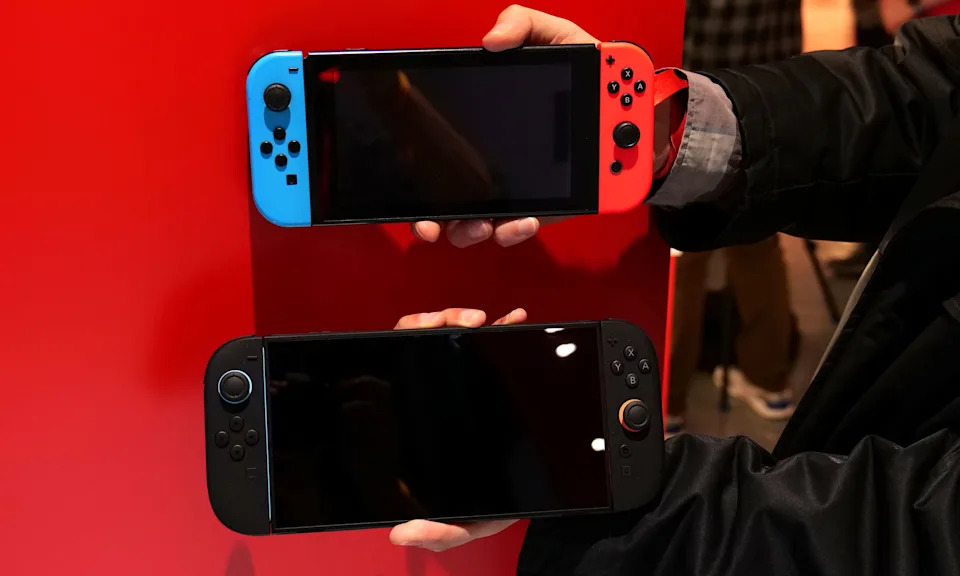
NVIDIA confirms that the Switch 2 features DLSS.
The company claims that its new device delivers graphics performance ten times greater than that of the original Switch.
The recent Nintendo Direct presentation has provided more information about the Switch 2, although it did not delve into the technical aspects driving the console. This led NVIDIA, the hardware collaborator, to publish a blog post on Thursday, where they confirmed the use of Deep Learning Super Sampling (DLSS) technology. According to NVIDIA, the support for DLSS on the Switch 2 gives the console "ten times" the graphical performance of the original Switch. This technology allows games to be rendered at a lower resolution and then uses pre-trained AI models and dedicated Tensor cores to add details.
The claim that a system can deliver ten times the graphical performance should be interpreted with caution, as it could be a commercial simplification, and its graphical power may vary considerably depending on the game. So far, the console has not been subjected to prolonged use in real-world environments. However, Sam Rutherford from Engadget conducted hands-on testing and noted that new versions of games like Street Fighter 6, Cyberpunk 2077, and Civilization 7 performed "very smoothly" on the Switch 2.
In docked mode, the Switch 2 can reach up to 60 fps at 4K resolution, or up to 120 fps at 1440p or 1080p. In handheld mode, the 7.9-inch screen with 1080p resolution supports a variable refresh rate (thanks to G-Sync) of up to 120 Hz. NVIDIA also highlighted the introduction of new RT cores, which enable real-time ray tracing, resulting in a more realistic representation of lights, reflections, and shadows, creating more immersive worlds. Additionally, the Tensor cores support AI-driven features such as DLSS, which enhances resolution and sharpness of details without compromising image quality. They also facilitate AI-driven facial tracking and background removal in video calls, thereby enhancing the social gaming and streaming experience.



